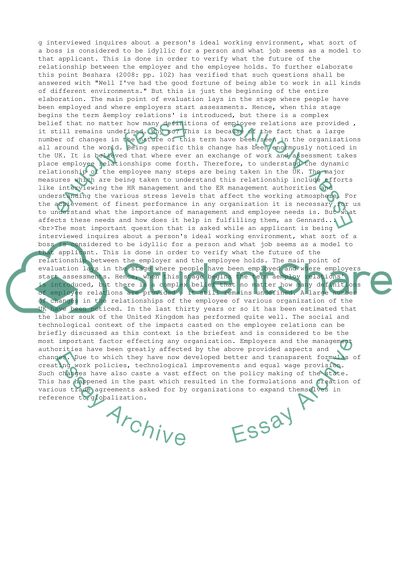Cite this document
(“Employee Relations: Evaluating the impacts and changes Essay”, n.d.)
Retrieved de https://studentshare.org/management/1392088-hrm
Retrieved de https://studentshare.org/management/1392088-hrm
(Employee Relations: Evaluating the Impacts and Changes Essay)
https://studentshare.org/management/1392088-hrm.
https://studentshare.org/management/1392088-hrm.
“Employee Relations: Evaluating the Impacts and Changes Essay”, n.d. https://studentshare.org/management/1392088-hrm.


